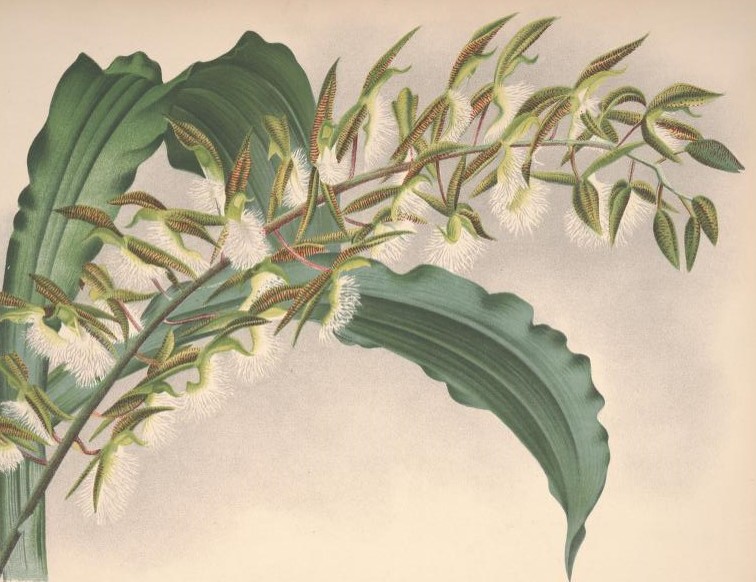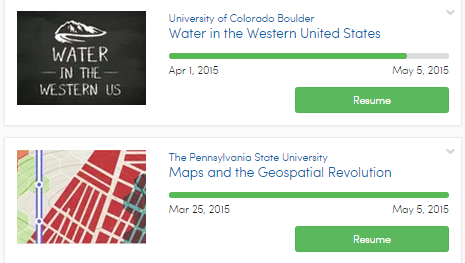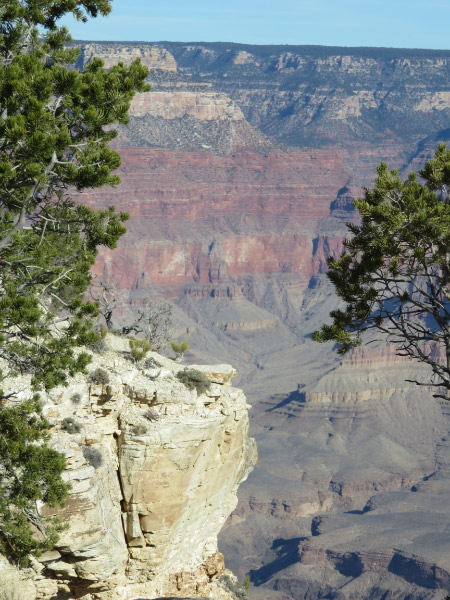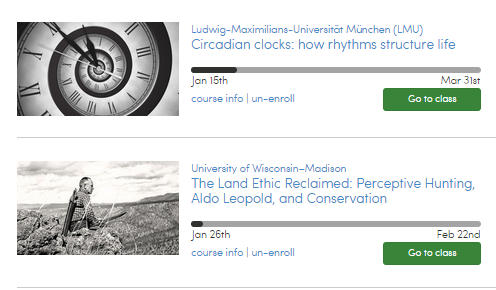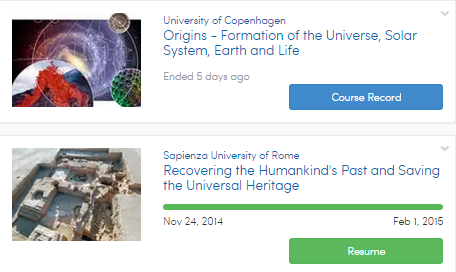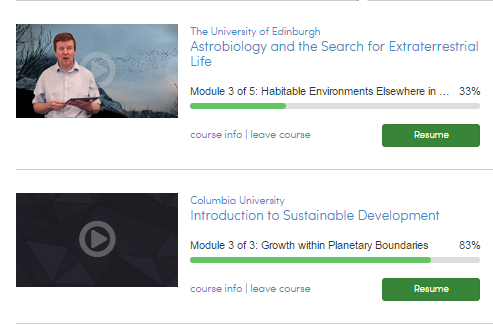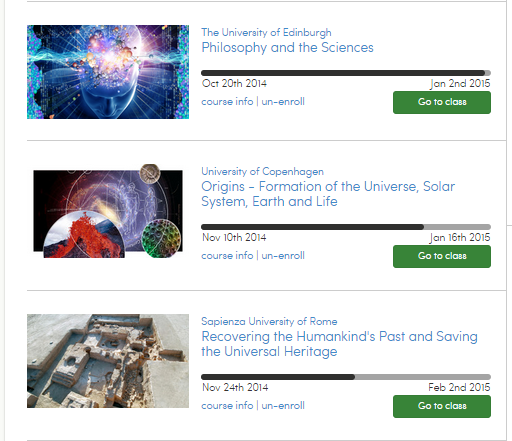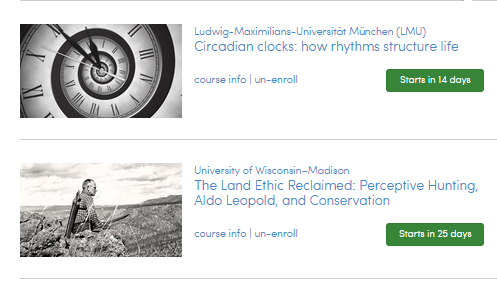Learning Log – December 2015
/November was a busy month – with plenty of learning opportunities.
 Coursera. I completed the Ancient Egypt: A history in six objects course from Coursera in November. It was more intense than I had anticipated and help me appreciate how much we are still learning about Ancient Egypt. There are new technologies like DNA sequencing and CT scans that are being applied now. I have finished the reading for the course itself but still have some of the references on my ‘to read’ list.
Coursera. I completed the Ancient Egypt: A history in six objects course from Coursera in November. It was more intense than I had anticipated and help me appreciate how much we are still learning about Ancient Egypt. There are new technologies like DNA sequencing and CT scans that are being applied now. I have finished the reading for the course itself but still have some of the references on my ‘to read’ list.
We got a catalog for non-credit courses from our local community college a week or so ago. I thought I might find a course for the winter months in it but discovered that I am spoiled by the variety and depth of Coursera offerings. I’ll start another Coursera course in December probably…but I haven’t picked it yet.
Travel. In this case – the learning was not in traveling itself…but preparation for it. I am reading every book I can about Hawaii right now in anticipation of upcoming travel.
Schools. I had the opportunity to interact with second graders from several elementary schools in the county over the past month. It is surprising the variability in the schools. The size of the classes, the overall behavior of the children, and the engagement (or lack of engagement) of the chaperones were just some of the dimensions. I was interested in comparing the school my daughter went to almost 20 years ago for second grade with the group that came for a field trip this year; it was different but still ‘good’ in the sense that the children participated and enjoyed their field trip. I decided that it was the myriad of changes outside the school that made up for more of the difference than the school itself. One child had a video game device that the chaperone confiscated before we got very far into the hike…and then he proceeded to participate like everyone else. Learning for all students has a lot of possible paths…and that can be counterproductive sometimes.


